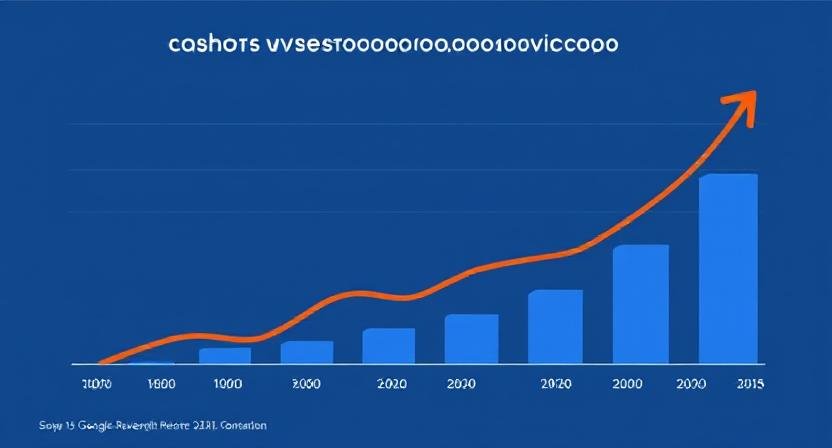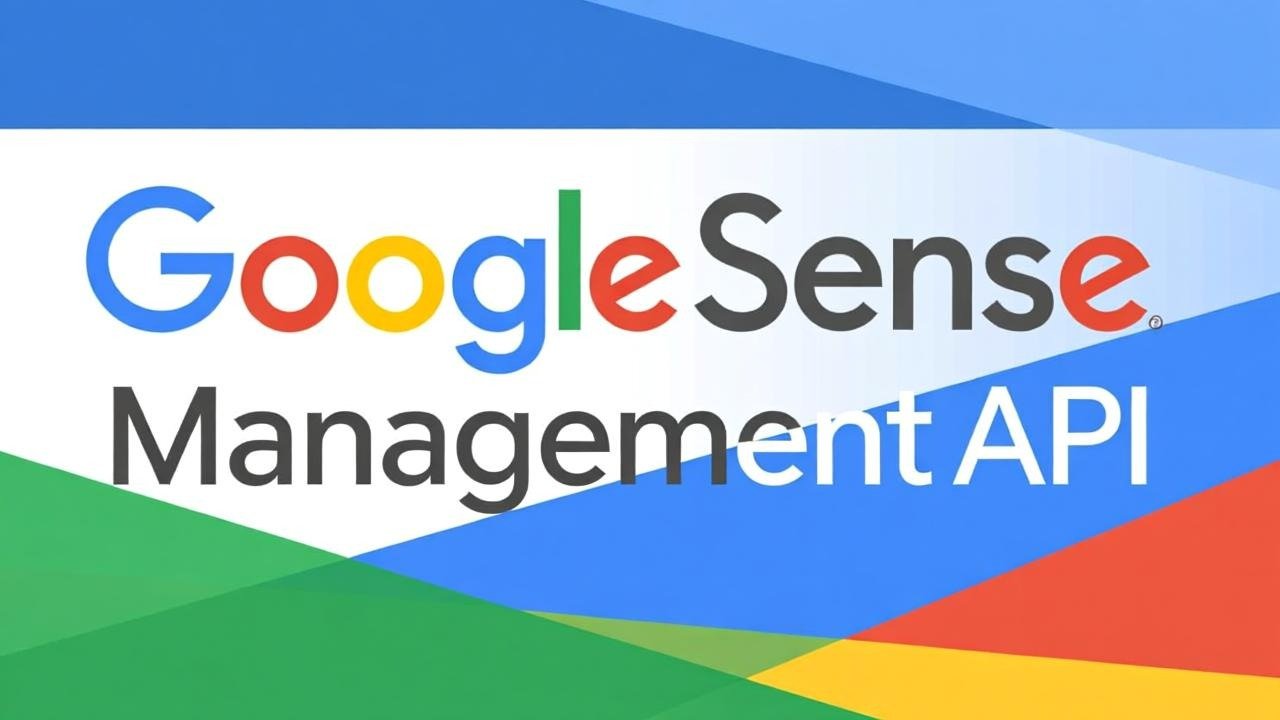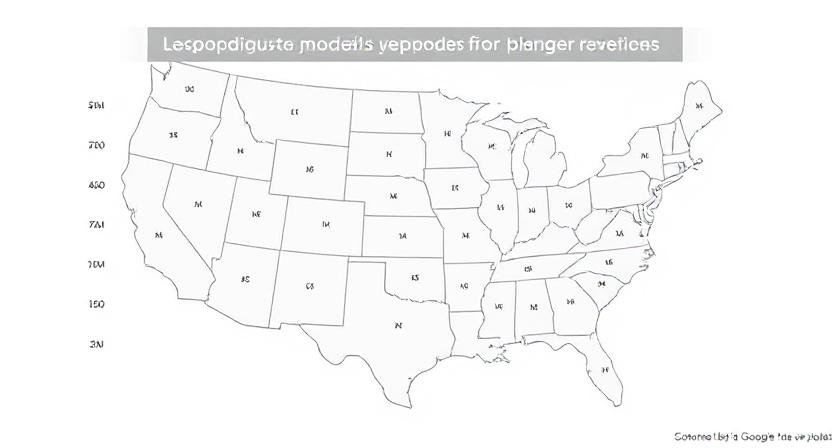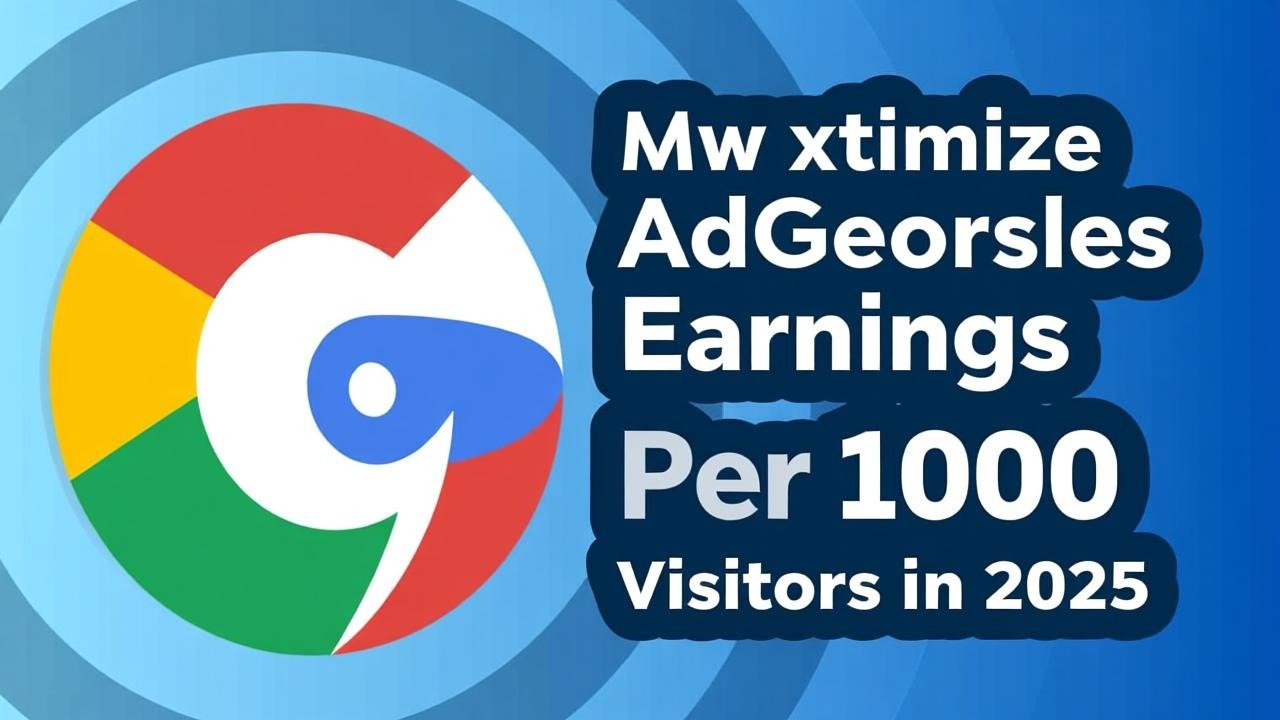For many website owners and bloggers, reaching the milestone of 1 million monthly visitors represents a significant achievement. But a crucial question remains: how much revenue can such traffic generate through Google AdSense? Understanding the potential earnings from 1 million visitors is essential for planning, scaling, and optimizing your online monetization strategy.
This detailed 2025 guide breaks down how AdSense earnings per 1000 visitors translate to revenue for websites with 1 million visitors per month. It covers key factors that affect earnings, provides realistic revenue estimates across niches and geographies, and offers strategies to maximize AdSense income.
How Does AdSense Pay Publishers?
Google AdSense pays publishers based mainly on two key factors:
-
Cost Per Click (CPC): The amount advertisers pay when a user clicks on an ad.
-
Click-Through Rate (CTR): The percentage of visitors who click on ads.
Together, these influence overall RPM (Revenue Per Mille), which tracks earnings per 1000 pageviews.
Understanding RPM and Its Role in Estimating Earnings
RPM is the most important metric to calculate potential earnings from any traffic level. RPM indicates how much you earn for every 1000 visitors or pageviews.
The formula to estimate total earnings is:
Total Earnings=Monthly Visitors1000×RPM
What Is the Average RPM?
RPM varies widely based on niche, audience location, device, seasonality, and site optimization.
Typical RPM ranges in 2025:
-
High-value niches (finance, insurance, technology): $15 to $50+
-
Mid-level niches (health, education, legal): $8 to $20
-
General niches (entertainment, lifestyle, blogs): $1 to $5
Audience geography also affects RPM, with visitors from the USA, UK, Germany, and Canada yielding higher earnings than those from developing countries.
Realistic Earnings From 1 Million Monthly Visitors
Here’s an estimate of potential monthly earnings from 1 million visitors based on different RPM levels:
| RPM (USD) | Monthly Visitors | Estimated Earnings (USD) |
|---|---|---|
| $1 | 1,000,000 | $1,000 |
| $5 | 1,000,000 | $5,000 |
| $10 | 1,000,000 | $10,000 |
| $20 | 1,000,000 | $20,000 |
| $30+ | 1,000,000 | $30,000+ |
As you can see, even modest RPM figures can result in significant revenue at this scale of traffic.
Factors Impacting How Much 1 Million Visitors Earns You
1. Traffic Quality
Organic, engaged visitors who stay longer typically generate higher RPM because they view and click more ads.
2. Niche and Content Quality
Sites covering high-value niches attract premium advertisers and higher CPC.
3. Geographical Distribution of Traffic
Traffic from countries with high advertiser spending yield the best RPM rates.
4. Mobile vs Desktop Traffic
Desktop users tend to generate higher RPM, but mobile traffic is increasing and cannot be ignored.
5. Ad Placement and Formats
Optimizing ad layouts, sizes, and incorporating native ads improve CTR and RPM.
6. Seasonality
Ad budgets peak around holidays and shopping seasons influencing revenue.
How to Maximize Your AdSense Revenue With 1 Million Visitors
-
Focus on producing high-quality content in profitable niches
-
Use SEO and paid marketing to attract valuable traffic from high-RPM countries
-
Optimize ad placements and use responsive ad units
-
Improve site speed and mobile user experience
-
Regularly analyze AdSense reports and tweak ad settings for better RPM
Read More: How Much Traffic Is Required To Earn $100/Day via AdSense in 2025?
Conclusion
Reaching 1 million visitors per month opens lucrative ad revenue opportunities via Google AdSense. Depending on your niche, traffic quality, geographies, and ad optimization strategies, you can realistically expect to earn anywhere from $1,000 to well over $30,000 monthly.
Understanding RPM’s role in converting traffic to revenue helps build better forecasting models and guides targeted improvements.
For detailed official guidelines and optimization tips, visit the Google AdSense Help Center.











1 thought on “What Can 1 Million Visitors Per Month Earn Me on AdSense? A Realistic 2025 Estimate”